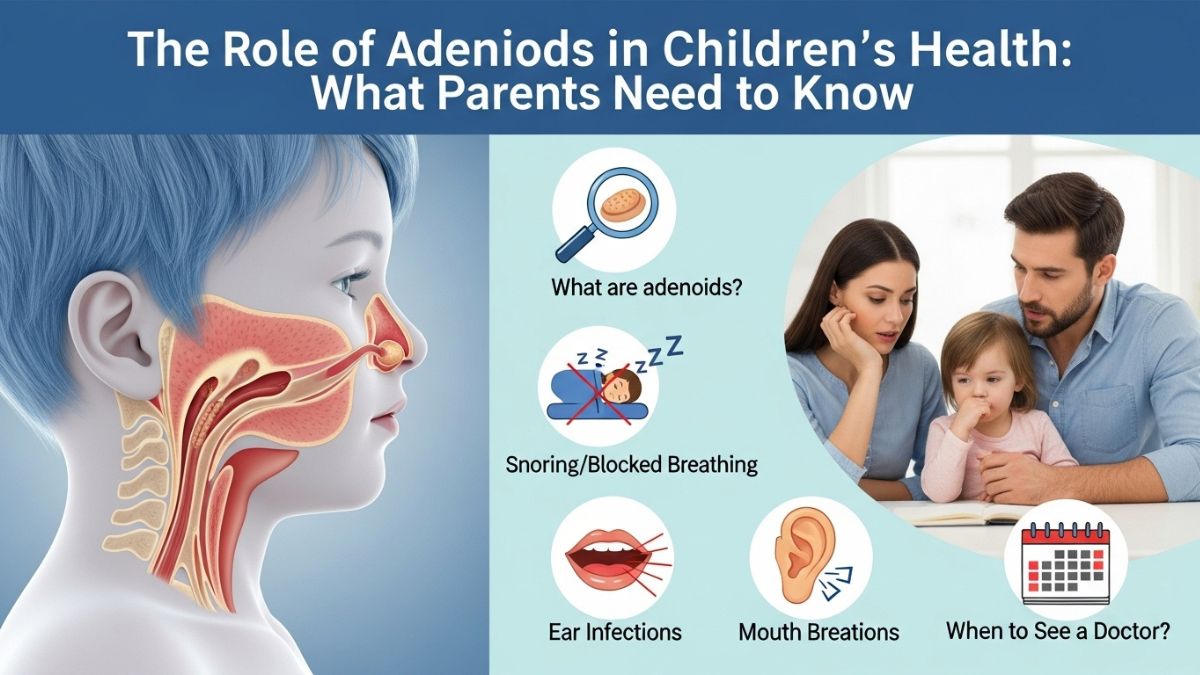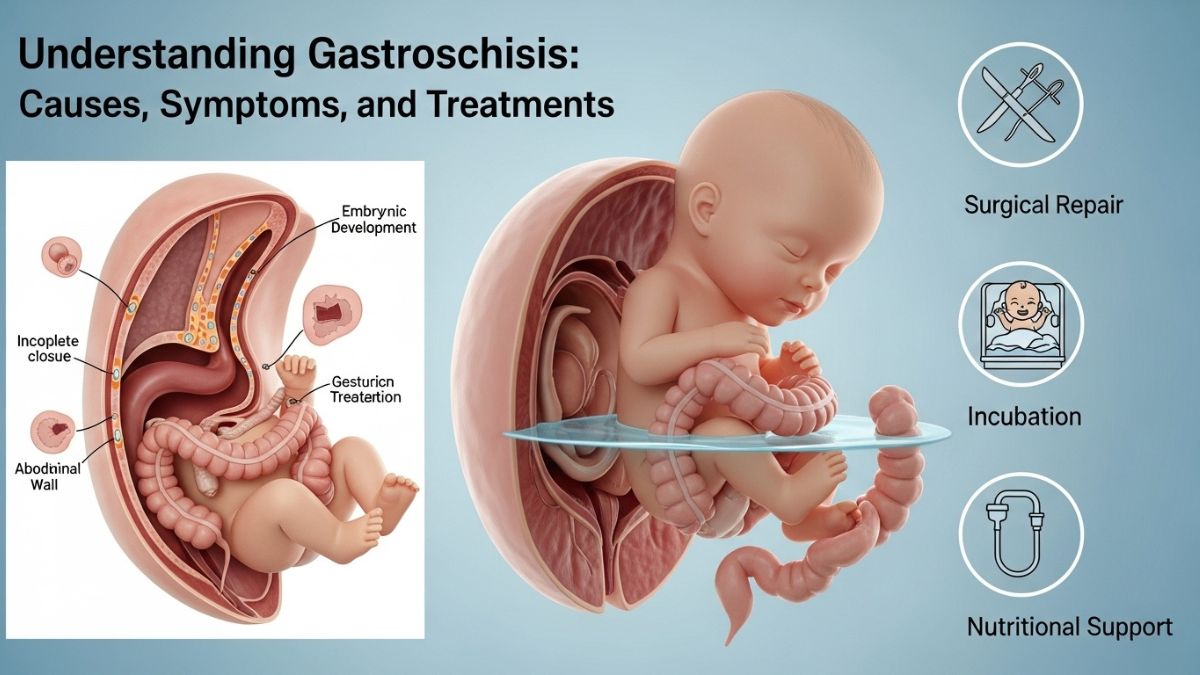When it comes to our children’s health, parents often focus on the more visible organs and systems. But tucked away in the back of their throats are adenoids—small patches of lymphatic tissue that play a crucial role in your child’s immune system. Though they may seem insignificant, understanding what adenoids do can help you navigate potential health issues before they escalate.
From filtering out harmful bacteria to influencing respiratory health, these tiny glands have a big job. It’s essential for parents to stay informed about how adenoids function and when problems might arise. Join us as we explore everything you need to know about adenoidid and its impact on your child’s well-being!
Functions of Adenoids in Children’s Health
Adenoids play a crucial role in the immune system of children. Located behind the nose, these small masses of lymphatic tissue help trap pathogens that enter through the mouth and nose. This initial defense is vital for young ones, as their immune systems are still developing.
They also contribute to the production of antibodies. When children encounter infections, adenoids stimulate antibody production to help fight off illness more effectively. This process promotes overall health by reducing susceptibility to frequent colds and other respiratory issues.
Moreover, healthy adenoids support proper breathing during sleep. They ensure airflow through nasal passages remains unobstructed while kids rest. Good quality sleep is essential for growth and development in children.
In essence, adenoids serve multiple functions that are pivotal for maintaining children’s health and well-being throughout their early years.
Common Issues Related to Adenoids
Adenoids can be a source of various health concerns for children. When they become enlarged, it often leads to obstructive sleep apnea, which disrupts restful sleep and affects daytime behavior.
Chronic infections are another common issue tied to the adenoids. These infections can manifest as frequent colds or sinusitis, leading to discomfort and irritability in young ones.
Allergies also play a significant role in adenoid problems. In allergic children, swollen adenoids can exacerbate respiratory issues like asthma or lead to persistent nasal congestion.
Parents should remain vigilant about their child’s symptoms. Frequent ear infections may occur alongside enlarged adenoids due to fluid buildup behind the eardrum.
Recognizing these signs early on is crucial for effective management and treatment strategies down the line.
Symptoms and Diagnosis of Adenoid Problems
Adenoid problems can manifest in various ways, making it essential for parents to recognize the symptoms early.
Common signs include persistent nasal congestion, which may lead to difficulty breathing through the nose. Children might also experience frequent ear infections or sinus issues due to fluid buildup.
Another symptom is snoring during sleep, often accompanied by restless nights. This can affect a child’s overall mood and energy levels throughout the day.
Parents should be alert if their child exhibits changes in speech patterns, such as a nasal quality or sounding congested when talking.
Diagnosis typically involves a visit to a pediatrician who may perform an examination and recommend imaging tests like X-rays if necessary. Early detection is crucial for addressing any potential adenoid complications effectively.
Treatment Options for Adenoid Issues
When it comes to addressing adenoid issues in children, parents have several treatment options available.
For mild cases, watchful waiting is often recommended. Monitoring the child’s symptoms can help determine if intervention is necessary.
If problems persist or worsen, medications may be prescribed. These can include nasal corticosteroids to reduce inflammation and antihistamines for allergies that contribute to adenoid enlargement.
In more severe situations, surgical removal of the adenoids—known as adenoidectomy—might be advised. This procedure aims to alleviate breathing difficulties and recurrent infections.
Post-surgery care is essential for a smooth recovery. Parents should ensure their child stays hydrated and follows any medical advice provided by their healthcare team.
Discussing all possibilities with a pediatrician will help families make informed decisions about managing adenoid-related health concerns effectively.
Tips for Maintaining Healthy Adenoids in Children
Maintaining healthy adenoids in children starts with good hygiene practices. Encourage regular handwashing to prevent infections that can impact these glands.
A balanced diet is essential too. Foods rich in vitamins and minerals support immune health, which indirectly benefits adenoid function. Fresh fruits, vegetables, and whole grains should be staples at mealtimes.
Adequate hydration plays a vital role as well. Ensure your child drinks enough water throughout the day to keep their throat moist and reduce irritation.
Create a smoke-free environment. Exposure to secondhand smoke can lead to respiratory issues that affect adenoid health negatively.
Prioritize sleep. A well-rested child has a stronger immune system, contributing positively to overall wellness including the condition of their adenoids.
Conclusion:
Adenoids play a significant role in children’s health, acting as a first line of defense against infections. Understanding their functions helps parents appreciate the importance of these small glands. While they can sometimes lead to common issues, recognizing symptoms early is crucial for effective management.
When problems arise with adenoids, there are various treatment options available. From watchful waiting to surgical removal, the right approach depends on individual circumstances and professional advice.
Maintaining healthy adenoids involves encouraging good hygiene practices and promoting overall well-being in children. With proper attention and care, many potential complications can be avoided or managed effectively.











